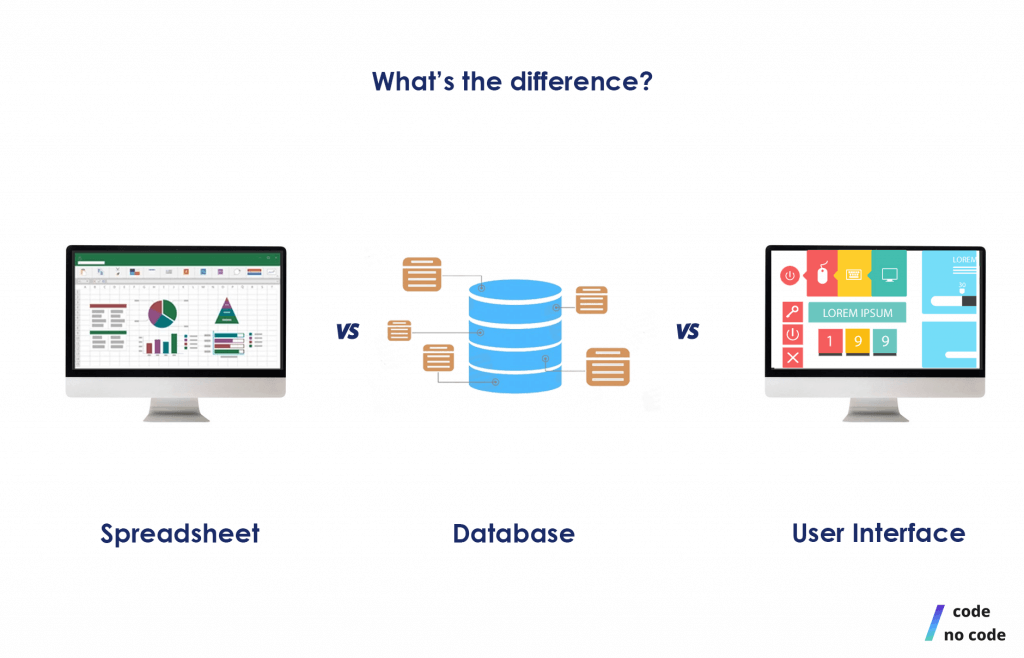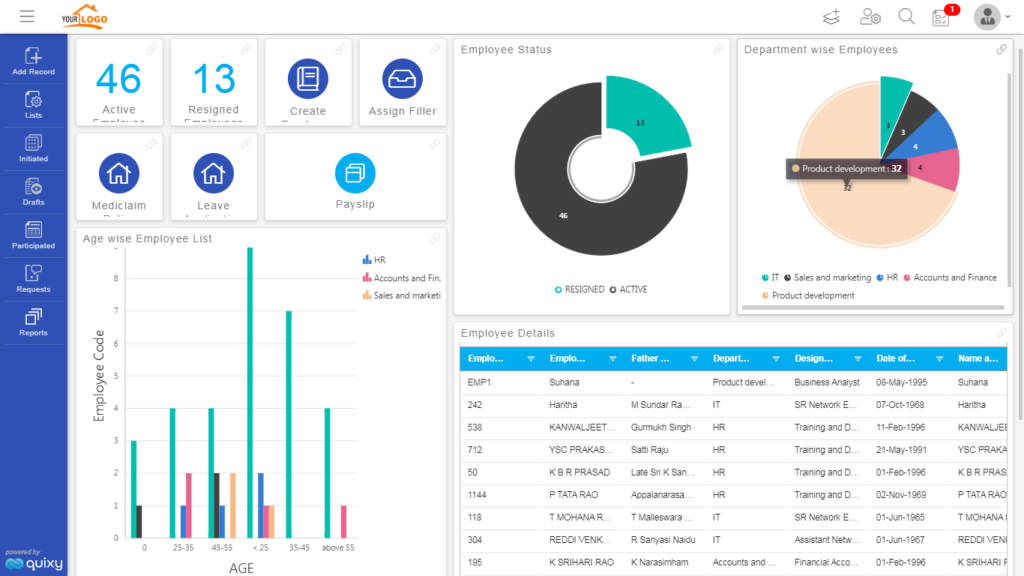No-Code Open System Data Source Creation: Simplify Facility Development Jobs
No-Code Open System Data Source Creation: Simplify Facility Development Jobs
Blog Article
Checking Out the Benefits of Scalable Databases That Require No Coding Skills for Effective Data Monitoring Solutions
The appearance of scalable data sources that get rid of the need for coding abilities presents a transformative chance for organizations looking for reliable data management services. As we take into consideration the effects of such innovations, it comes to be critical to take a look at exactly how they can reshape the landscape of information administration and drive lasting development in a competitive environment.
Boosted Availability for Customers
Enhanced availability for users is an important element of scalable data sources, making sure that data management systems are intuitive and easy to use. In an era where data-driven choices are vital, access enables a wider variety of individuals, including those without considerable technological competence, to involve with data source systems efficiently. This democratization of information gain access to helps with boosted collaboration across divisions, empowering employees to make and remove insights informed decisions.
Straightforward interfaces, such as visual data and drag-and-drop attributes representation, simplify complicated data interactions. These enhancements lower the discovering curve connected with typical data source administration, making it possible for users to concentrate on leveraging information as opposed to facing technical complexities. Furthermore, scalable databases typically include adjustable control panels and real-time analytics, offering individuals with immediate understandings tailored to their particular needs.

Cost-Effectiveness and Resource Financial Savings
Effective data monitoring not just rests on availability but likewise on cost-effectiveness and source financial savings. Scalable data sources made for individuals without any coding abilities considerably minimize monetary burdens commonly associated with typical database management systems. By removing the need for specialized shows proficiency, companies can assign their sources extra effectively, concentrating funds on core business tasks as opposed to substantial training or employing experienced employees.
Furthermore, these data sources often make use of cloud-based remedies, which better reduce prices related to equipment and maintenance. Organizations can scale their database solutions according to their demands, preventing the expenditures incurred from over-provisioning resources. This flexibility suggests businesses can adapt to changing demands without sustaining unnecessary costs, leading to significant lasting financial savings.
In addition, straightforward interfaces streamline data access and monitoring processes, minimizing the moment spent on administrative jobs. This performance equates into labor price savings, permitting groups to concentrate on strategic initiatives rather than routine upkeep. Generally, embracing scalable data sources that require no coding abilities fosters a much more cost-efficient technique to information management, making it possible for organizations to optimize their sources while preserving high levels of operational performance.
Improved Collaboration Across Teams

Additionally, scalable databases assist in smooth communication among group members. With easy to use interfaces that require no coding abilities, employees can easily develop, change, and share records or dashboards customized to their certain requirements. This democratization of information encourages non-technical customers to contribute insights, boosting the collaborative setting.
In addition, these data sources support simultaneous gain access to, allowing numerous individuals to deal with the same dataset at the same time. This attribute enhances performance, as teams can engage in joint information evaluation without the risk of variation control concerns. The ability to leave notes or comments straight within the data source better promotes discussion and makes clear information analyses.
Streamlined Data Monitoring Processes
In today's data-driven environment, companies acknowledge the necessity of structured data monitoring refines to make best use of performance and accuracy. By leveraging scalable data sources that require no coding skills, services can streamline their data handling and reduce the complexities usually connected with typical data source systems. This ease of access encourages non-technical individuals to engage directly with data, promoting quicker decision-making and lowering dependence on specialized IT workers.
Structured information administration procedures improve operations by automating regular jobs such as data entry, recognition, and reporting. Automated data combination ensures that info from different resources is aggregated perfectly, getting rid of silos and promoting an unified sight of important company metrics (no-code). Additionally, easy to use user interfaces allow personnel to adjust data easily, allowing them to generate understandings that drive calculated initiatives without the requirement for substantial training.
This effectiveness not only increases functional procedures but likewise lessens the capacity for human mistake, guaranteeing that data continues to be trusted and precise. Ultimately, streamlined information monitoring procedures with scalable databases lead to boosted performance, allowing organizations to concentrate on core activities while making sure that their data management practices are efficient and reliable.
Scalability for Expanding Businesses

For expanding ventures, the capability to scale up or down is critical. A scalable data source can handle an increase of data created from brand-new clients, products, or services, making sure that business procedures remain uninterrupted. Additionally, these data sources offer the ability to handle peak tons efficiently, which is important during durations of fast development or seasonal spikes.
In addition, numerous scalable database solutions are made with straightforward interfaces that call for no coding abilities, equipping non-technical personnel to manage data visite site successfully (no-code). This democratization of information administration allows companies to designate sources tactically and minimize reliance on specialized IT workers
Eventually, adopting a scalable database not only enhances operational performance but also fosters a setting where services can introduce and advance without the restrictions of standard data source systems. This versatility positions companies for long-lasting success in today's competitive landscape.
Final Thought
In final thought, scalable data sources that require no coding skills supply significant advantages for efficient information monitoring. By simplifying information monitoring processes and providing scalability for growing companies, such solutions enable companies to adapt to changing needs successfully.
Improved availability for individuals is a critical facet of scalable databases, making sure that information monitoring systems are straightforward and instinctive.Easy to use interfaces, such as drag-and-drop features and aesthetic data depiction, streamline complex information interactions. In general, taking on scalable databases that require no coding abilities cultivates a more economical method to data administration, allowing organizations to optimize their resources while preserving high degrees of operational performance.
By leveraging scalable databases that reference require no coding abilities, companies can streamline their information handling and decrease the intricacies generally associated with typical database systems - no-code.Streamlined data management processes enhance process by automating regular jobs such as data entry, validation, and coverage
Report this page